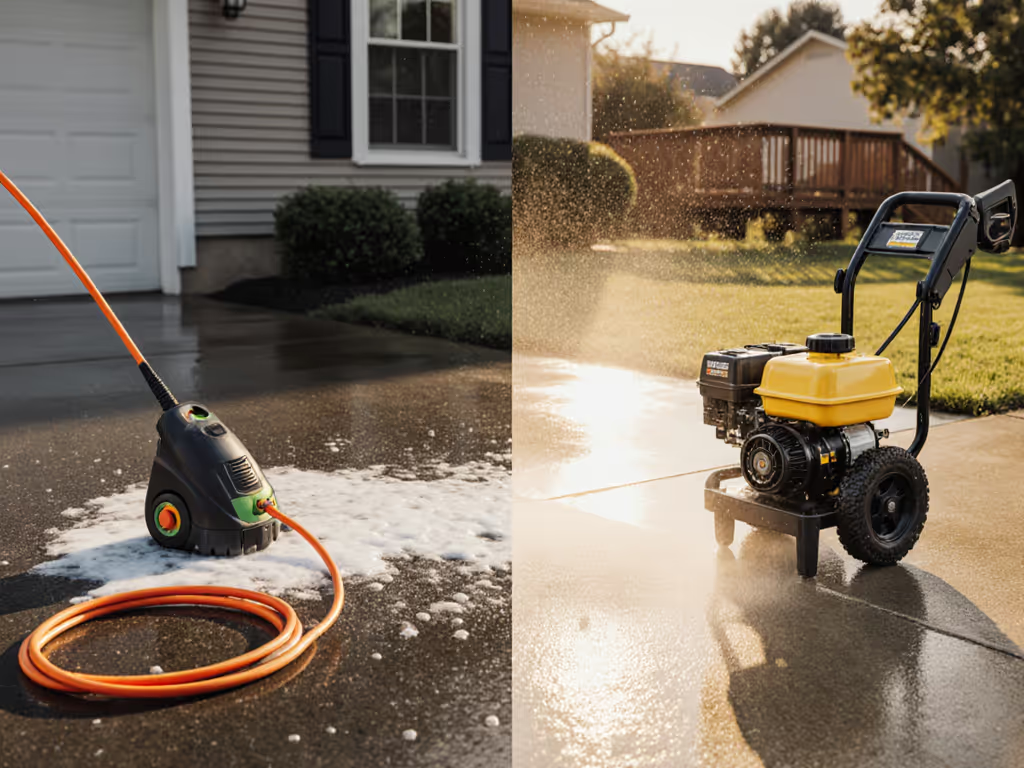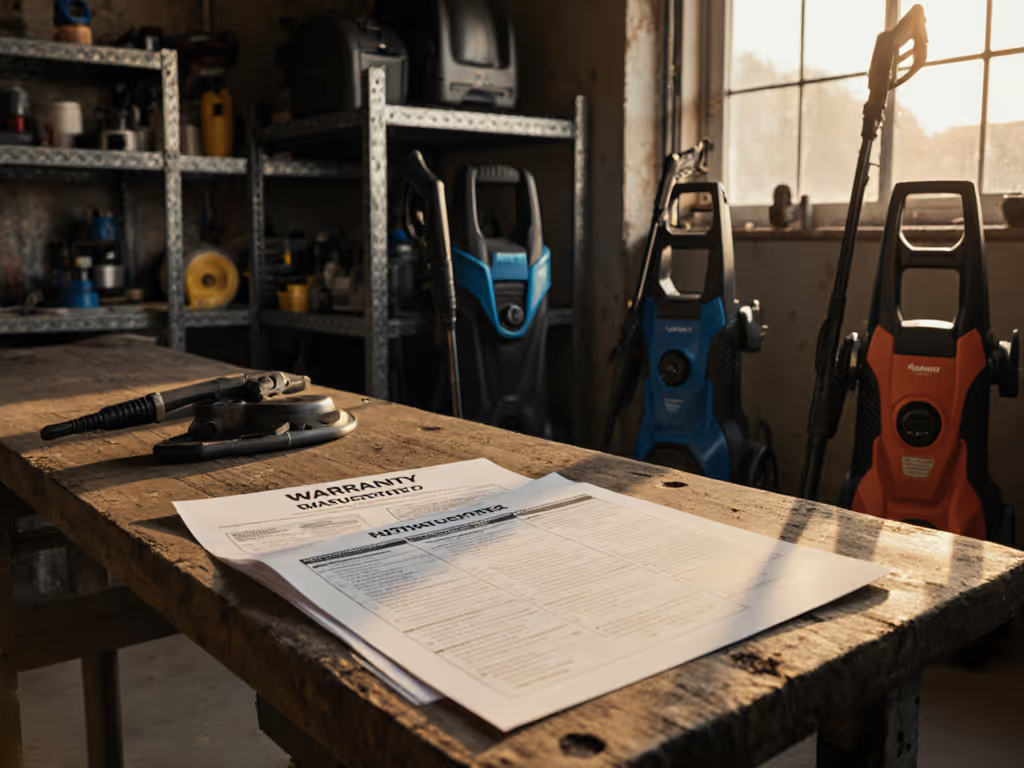
Professional Pressure Washer Lifespan Compared
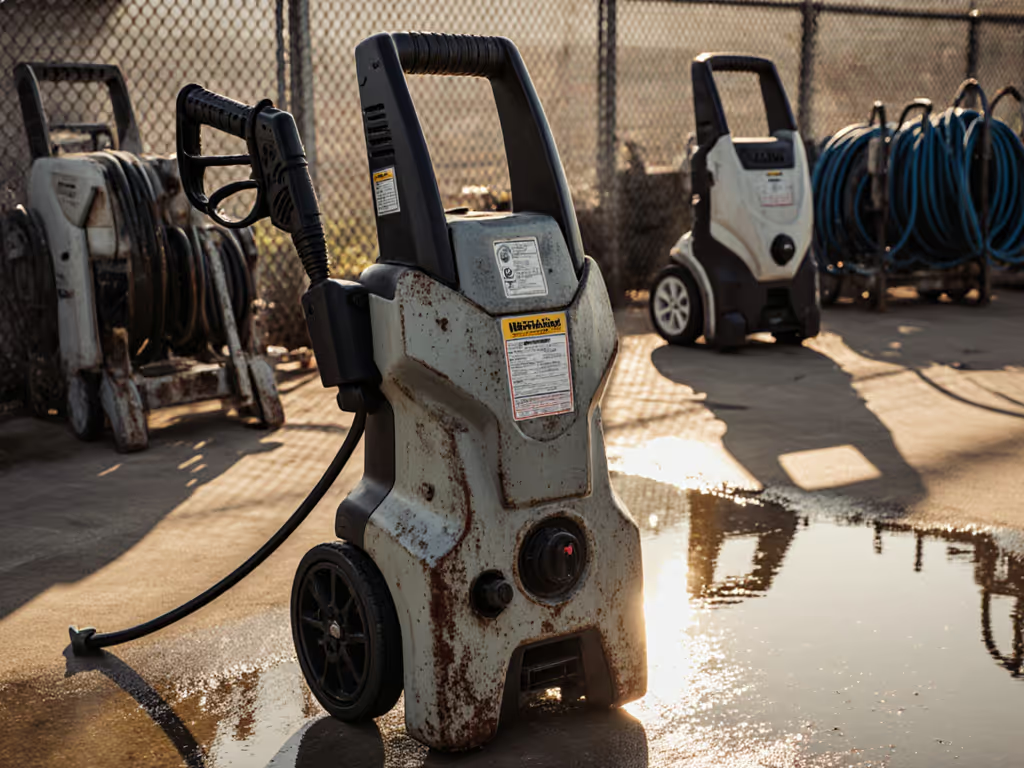
When discussing pressure washer durability, the unspoken truth professionals know is this: longevity isn't just about hours on the meter, it's about how those hours are spent. The right professional pressure washer sustains performance not through brute force, but through thoughtful engineering that respects the surfaces it cleans. As someone who bridges detailing and pressure washing while minimizing contact and runoff, I've seen how finish-protective approaches directly impact equipment longevity. Chemistry first, pressure last isn't just my signature phrase (it's the foundation of sustainable cleaning that preserves both your surfaces and your machine).
Today's pressure washer market offers everything from weekend warrior models to true commercial workhorses, but the gap between them is measured not just in PSI, but in service hours and component integrity. This FAQ deep dive cuts through the marketing hype with data-driven comparisons, focusing on what actually affects your machine's lifespan when cleaning painted surfaces, coated metals, and delicate plastics.
The Professional Pressure Washer: Defining the Standards
What Makes a Pressure Washer "Professional"?
Not all heavy-duty machines deserve the "professional" label. True professional pressure washers distinguish themselves through:
- Triplex plunger pumps (vs. axial cam pumps in consumer models)
- Cast-iron or brass construction in critical components (not plastic)
- Belt-driven systems (vs. direct drive for reduced heat and vibration)
- Thermal relief valves to prevent pump damage during trigger-off periods
- Service factor ratings of 1.15+ on motors
As Hydro Tek's president noted in Cleaner Times, "Three thousand hours on a pressure washer is then equivalent to about 150,000 miles on a car." Consumer models often max out at 100-300 hours of expected service life, while professional units start at 500 hours and extend to 2,000+ hours with proper maintenance. The difference isn't just in the materials (it is in how the machine handles the realities of runoff control and thermal management during extended operation).
How Pump Quality Directly Impacts Pressure Washer Lifespan
The pump is the heart of your machine, and its quality determines the ceiling for pressure washer durability. Here's how pump types compare:
| Pump Type | Expected Service Life | Best For |
|---|---|---|
| Axial Cam | 100-300 hours | Occasional homeowner use |
| Single-Plunger | 300-500 hours | Weekend warriors, occasional contractors |
| Triplex Plunger | 1,000-2,000+ hours | Daily professional use |
Triplex plunger pumps distribute the workload across three pistons, reducing heat buildup and vibration that destroys less capable pumps. The Simpson PowerShot series, for example, features a reliable AAA industrial triplex plunger pump with thermal relief to prevent overheating, which is critical when you're practicing proper contact minimization with extended dwell times rather than relying on excessive pressure.
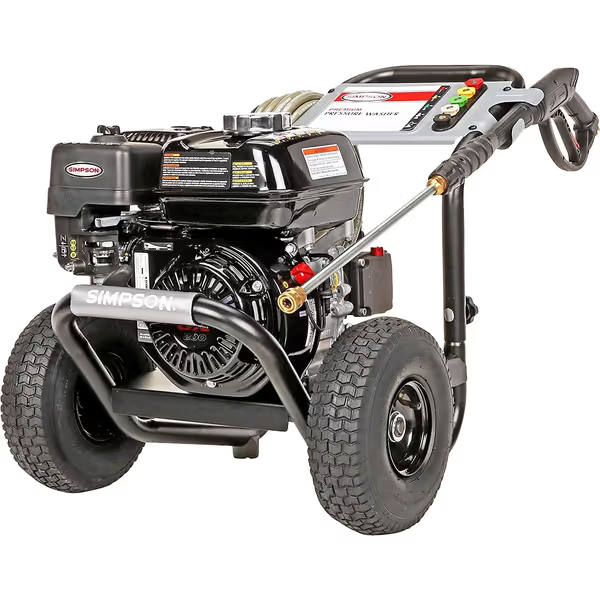
SIMPSON PowerShot 3300 PSI Gas Pressure Washer
The Hidden Factors That Determine Your Machine's Longevity
How Technique Affects Equipment Longevity (Not Just Surface Results)
Many users don't realize that their cleaning technique directly impacts equipment longevity comparison metrics. When you properly implement foam pre-wash with a chelating agent, you're not just protecting painted surfaces, you're reducing the machine's workload.
I recall a wagon owner who came to me with chalky streaks under aluminum rails, a classic sign of improper technique. We switched from a narrow tip to proper foam application with a mild chelating wash, extended the dwell time, and rinsed at a wider nozzle fan angle from farther back. The machine ran cooler, the rubber trim stayed dark, and the paint's gloss meter reading actually improved after drying. This wasn't just about surface protection; the reduced thermal stress on the pump extended its service life.
Chemistry does the heavy lift; pressure just rinses smartly.
Maintenance Impact on Lifespan: The Data-Driven Reality
The maintenance impact on lifespan can't be overstated. According to industry data, proper maintenance can extend a commercial pressure washer's life by 30-50% beyond manufacturer estimates. Here's what matters most:
- Oil changes: Every 50-100 hours (gas models) prevents 70% of pump failures
- Water filtration: Prevents 45% of valve and seal failures from particulate damage
- Thermal management: Proper trigger cycling prevents 30% of premature pump failures
- Storage protocols: Winterizing prevents 80% of seasonal startup failures
Professionals who follow these protocols see their machines deliver consistent performance at lower operating temperatures, which is critical when working with coated metals and delicate finishes that require precise PSI control.
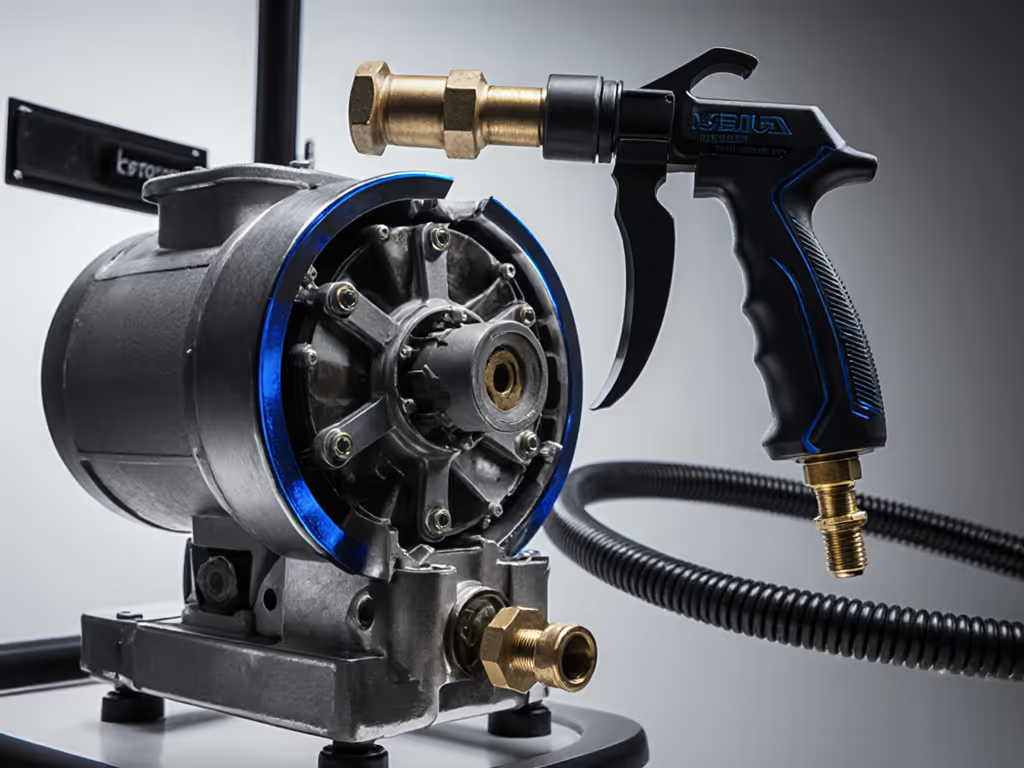
Usage Patterns and Real-World Lifespan Expectations
A pressure washer's actual lifespan depends on how you use it, not just its rated hours. Consider this realistic breakdown:
| Usage Pattern | 500-Hour Rated Machine | 1,000-Hour Rated Machine | 2,000-Hour Rated Machine |
|---|---|---|---|
| 5 hours/week (Homeowner) | 10+ years | 20+ years | 40+ years |
| 20 hours/week (Part-Time Pro) | 2.5 years | 5 years | 10 years |
| 40+ hours/week (Full-Time Pro) | 1 year | 2 years | 4+ years |
The key insight here: A "professional pressure washer" used sporadically by a homeowner will last significantly longer than a consumer model used daily by a contractor. This is why understanding your actual usage patterns is critical when evaluating pressure washer lifespan.
Choosing for Longevity: What Truly Matters
Identifying Reliable Pressure Washer Brands That Deliver
When evaluating reliable pressure washer brands, focus on these often-overlooked indicators of durability:
- Service network accessibility: Can you get parts within 48 hours?
- Component standardization: Does the manufacturer use industry-standard parts?
- Thermal management design: Does the unit have proper cooling paths?
- Material quality: Cast iron vs. aluminum pump heads? Brass vs. plastic valves?
- Runoff control features: How does the system handle backflow during trigger-off periods?
Simpson's PowerShot line, for example, stands out with its welded steel frame construction, pneumatic tires for maneuverability on uneven surfaces, and thermal relief protection (critical for professionals who need consistent performance during extended cleaning sessions). Their Honda GX200 engine delivers reliable starting and consistent RPM, preventing the thermal cycling that destroys less robust machines.
The True Cost of Ownership: Beyond the Initial Price Tag
When comparing professional pressure washers, calculate the true cost per cleaning hour:
Cost Per Hour = (Purchase Price + Maintenance Costs) ÷ Total Service Hours
| Machine Type | Purchase Price | Total Service Hours | Cost Per Hour |
|---|---|---|---|
| Consumer Grade | $250 | 200 hours | $1.25/hour |
| Mid-Grade Prosumer | $500 | 500 hours | $1.00/hour |
| Professional Grade | $900 | 1,500 hours | $0.60/hour |
This data-driven approach reveals why professionals invest in higher-end models. They deliver better value over time, especially when you factor in reduced downtime and consistent performance on delicate surfaces.
Maximizing Your Investment: Practical Longevity Tips
The Professional's Maintenance Checklist
To maximize your pressure washer's durability, implement this monthly maintenance routine:
- Check oil level and change every 50 hours (gas models)
- Inspect high-pressure hoses for abrasions and bulges
- Clean inlet water filters to prevent pump damage
- Verify thermal relief valve operation
- Lubricate O-rings on quick-connect fittings
- Check wand and lance for cracks or wear
- Run pump saver through the system before storage
Technique Adjustments That Extend Machine Life
Your cleaning technique directly impacts equipment longevity. When working with delicate surfaces:
- Increase dwell time with proper chelation chemistry rather than pressure
- Use wider nozzle fan angles to distribute energy evenly
- Maintain proper standoff distance (never spray closer than recommended for your surface)
- Implement runoff control practices to minimize re-circulation of debris
- Practice contact minimization with foam pre-wash to reduce mechanical stress
Remember the fundamental principle: Chemistry first, pressure last. This approach protects both your surfaces and your machine by reducing the thermal and mechanical stress that causes premature wear.
Conclusion: Building Longevity Into Your Cleaning Process
True pressure washer durability comes not just from the machine you purchase, but from how you use it. Professional pressure washers rated for 1,000+ hours will only reach that potential when operated with proper technique and maintenance, especially when working with delicate painted surfaces, plastics, and coated metals.
The most reliable machines deliver consistent performance at lower temperatures, with thoughtful engineering that supports finish-safe cleaning protocols. When comparing options, prioritize thermal management, component quality, and service support over raw power numbers alone.
For those ready to explore how specific techniques impact both surface results and equipment longevity, I've compiled detailed "setup recipes" that specify PSI/GPM, nozzle angles, and chemistry protocols for common surfaces. These data-backed approaches maximize your machine's service life while delivering professional results without risk of damage.
Further Exploration: Download our free "Surface-Safe Cleaning Calculator" that matches your specific surfaces to optimal pressure settings, nozzle angles, and chemical dwell times, ensuring both finish protection and maximum equipment longevity.
Related Articles

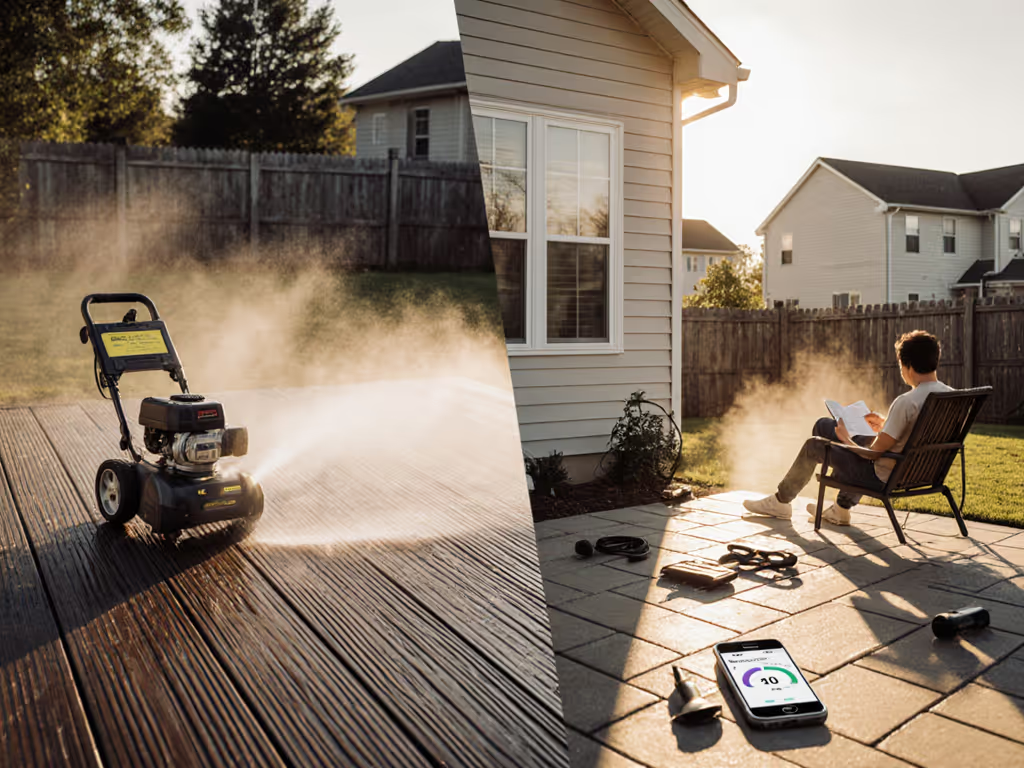
Quiet Pressure Washer dB Comparison: 2025 Rankings
Compare 2025 pressure washers by real‑world decibel ratings to see how quieter machines protect paint, wood, and siding. Get tested rankings with a vehicle‑safe top pick plus practical, chemistry‑first methods to reduce noise and surface damage.
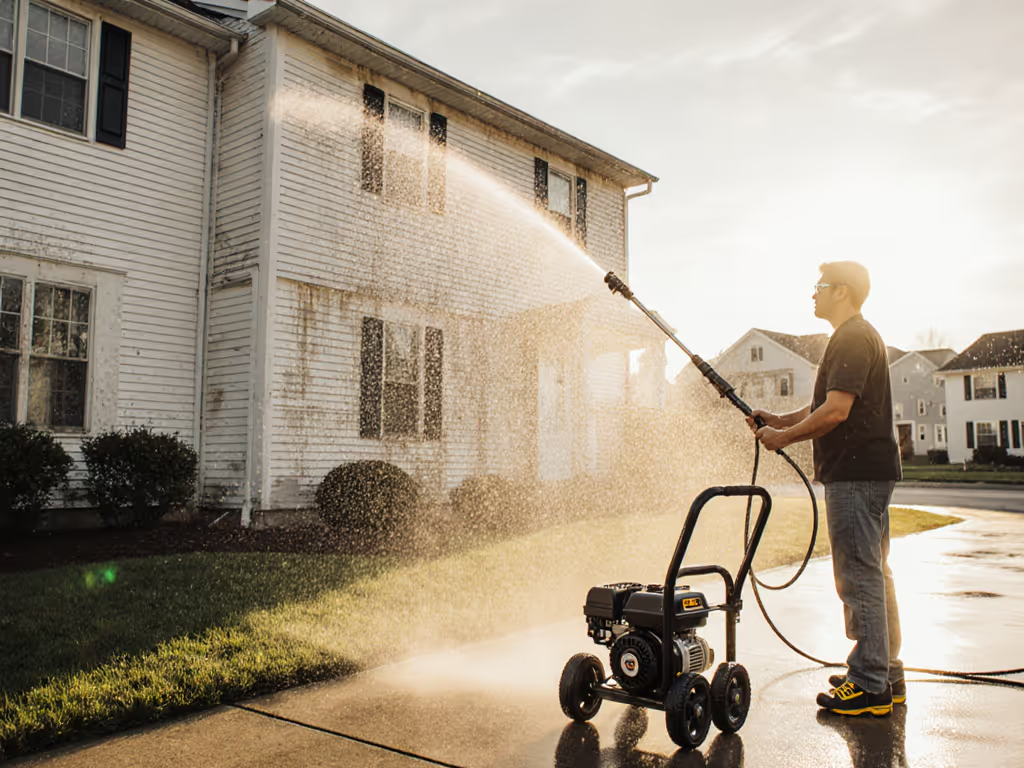
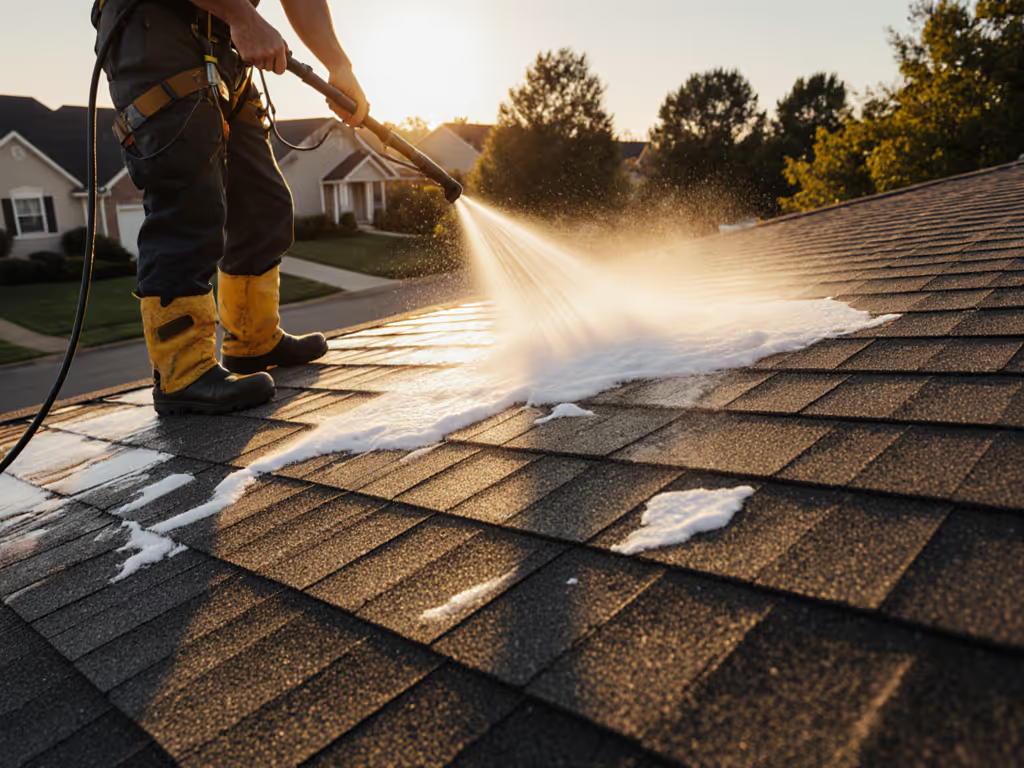
Best Pressure Washer for Roof: Damage-Free Cleaning Guide
Get a damage-free roof cleaning plan that prioritizes chemistry over PSI, with safe surface-pressure settings, nozzle angles, dwell times, and gear recommendations to prevent streaking, granule loss, and premature aging.
